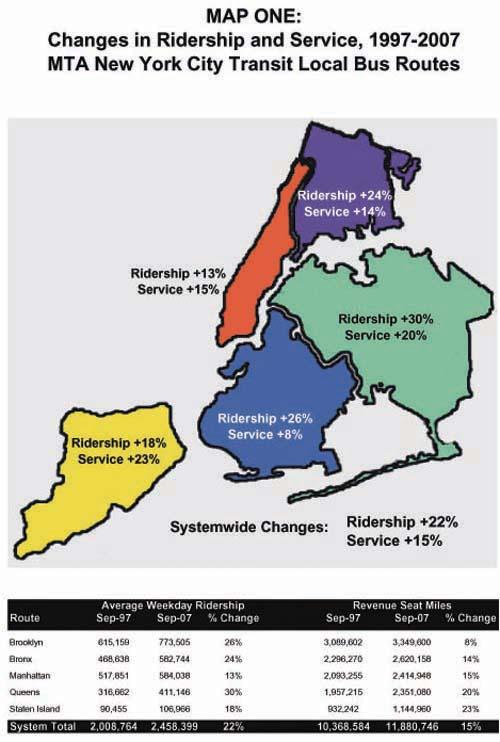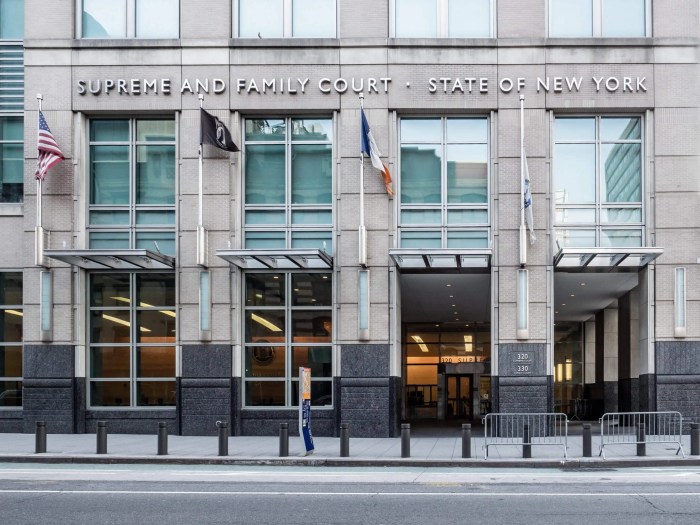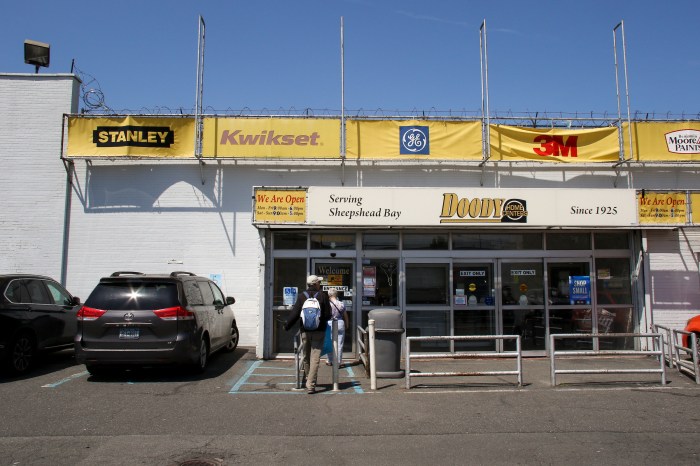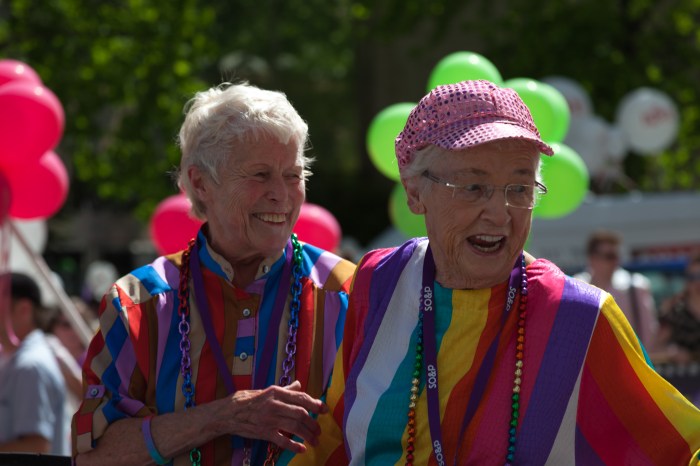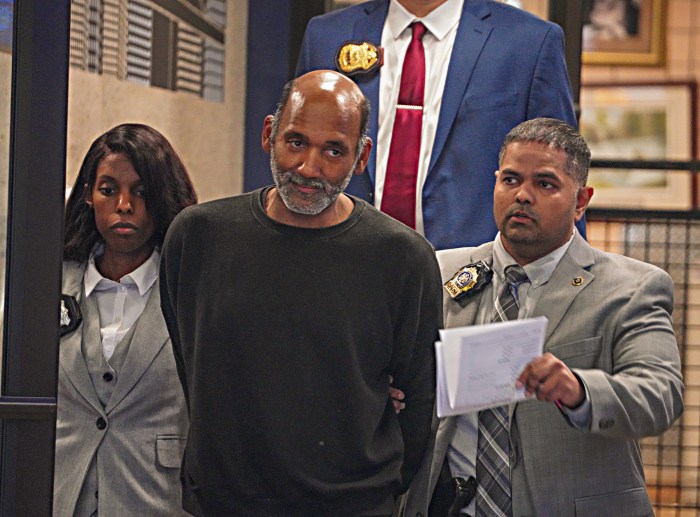While bus ridership in Brooklyn has soared over the past decade, gains in service have been less robust, a new study released this week found.
Ridership in Brooklyn climbed 26 percent between 1997 and 2007, but service gains were only a modest eight percent, according to the Straphangers Campaign, a transit-rider advocacy group.
“Crushed by crowds? Have to wait for more than one bus to go by? It’s not your imagination, transit officials have never caught up to the waves of new bus riders,” said Gene Russianoff, senior attorney for the Straphangers.
For all bus lines in Brooklyn, the average weekday ridership was 615,159 in 1997, while in 2007, it was 773,505.
Ridership on Red Hook’s B77 increased a whopping 114 percent in those ten years — the largest jump in the borough. On the B61, which also travels through Red Hook, ridership grew 74 percent, according to the Straphangers.
Red Hook residents have long complained about slow bus service, and, as this paper recently reported, the city has said it is prepared to add buses to both lines, as long as ridership warrants it. With the recent opening of IKEA, both lines have grown more crowded, area residents have said.
For the city bus system overall, average weekday ridership increased 22 percent (from two million in 1997 to 2.45 million in 2007), a 22 percent bump.
Brooklyn’s ridership increase was second only to that in Queens, where ridership climbed 30 percent in the same time period.
In Manhattan and Staten Island, however, gains in service outpaced increases in ridership. In Manhattan, service gains amounted to 15 percent compared to a 13 percent increase in ridership, while in Staten Island, service gains jumped 23 percent while ridership increased by 18 percent.
The Campaign’s analysis comes as transit officials are warning that they may be forced to raise fares and possibly cut service in response to a $500 million to $700 million budget deficit projected for 2009, the group said.
“It makes no sense to cut service that’s already lagging behind ridership and new riders are flocking to transit service as the price of gasoline heads toward $5 a gallon,” Russianoff said.
New York City Transit spokesperson Paul Fleuranges rebuffed the report.
“The Straphangers' assertion that our bus customers are being ‘crushed by crowds’ or that customers are ‘having to wait for more than one bus to go by’ does not systemically occur on NYC Transit bus routes.”
“It is equally untrue that NYC Transit has not kept pace with the increase in ridership which resulted from free bus-to-subway transfers and discounted fares,” he stated.
“The fact of the matter is that the increase in bus ridership, most of which occurred by the end of 2001, was met with unprecedented increases in bus service,” Fleuranges stated.
He said NYC Transit added more service at the fastest pace of any major United States transit agency in history.
“From 1997 to 2007, bus service increased by 29 percent with increases on virtually all bus routes city-wide. In addition, the bus fleet size grew by 1,026 buses, a 29 percent increase. Taken alone, the increase in fleet size would rank as the 11th largest bus fleet in the United States, larger than bus fleets in Miami, Boston or Minneapolis.”
By the end of 2001, the increases in service implemented by NYC Transit appropriately met ridership requirements.
Since 2001, bus ridership has increased by only 2.8 percent, compared with a 4.4 percent increase in service levels, the agency contended.
The Straphangers said the data they used for the study came from the source: New York City Transit, an agency of the Metropolitan Transportation Authority.


